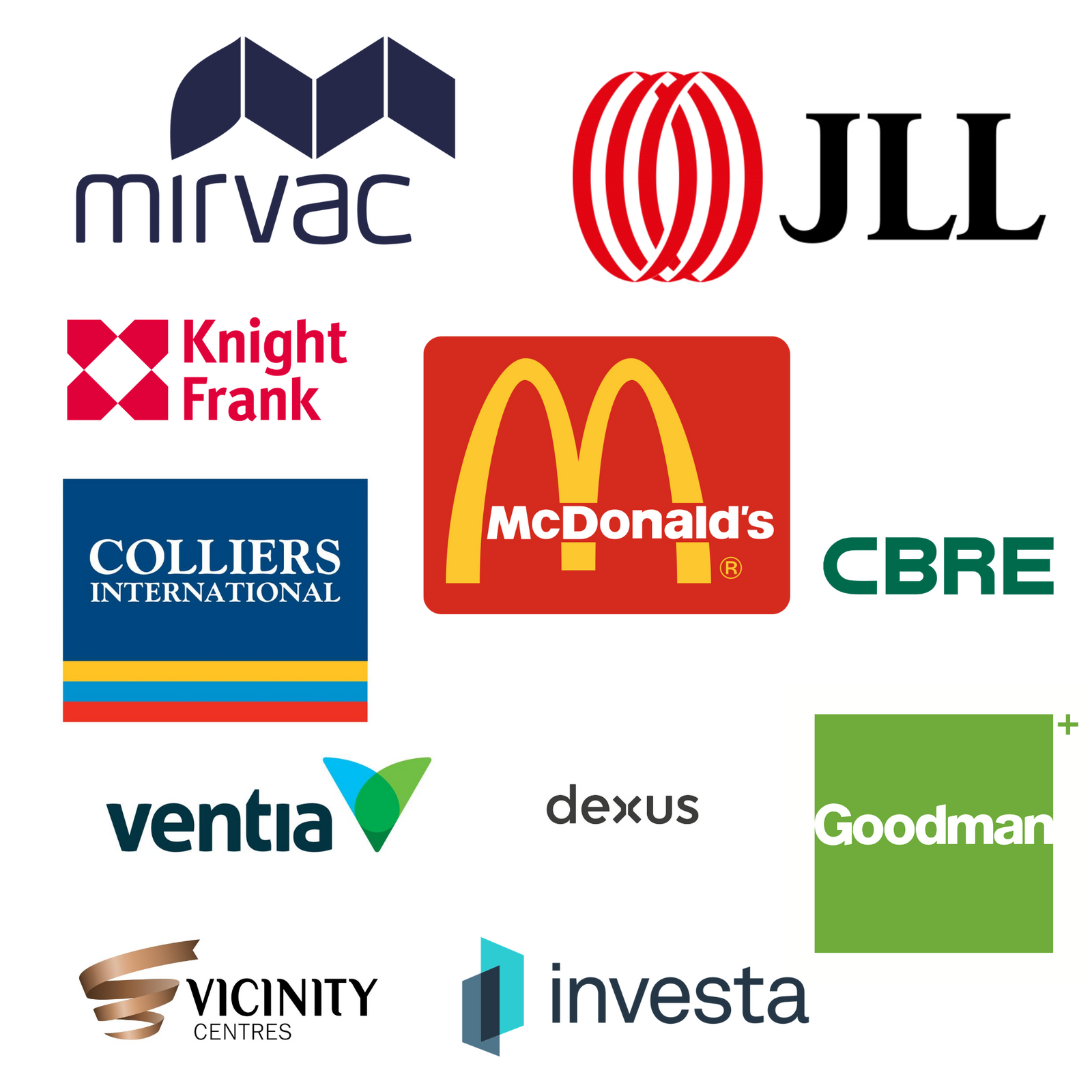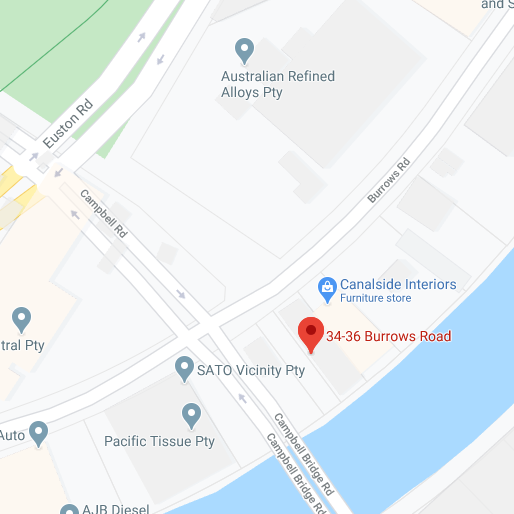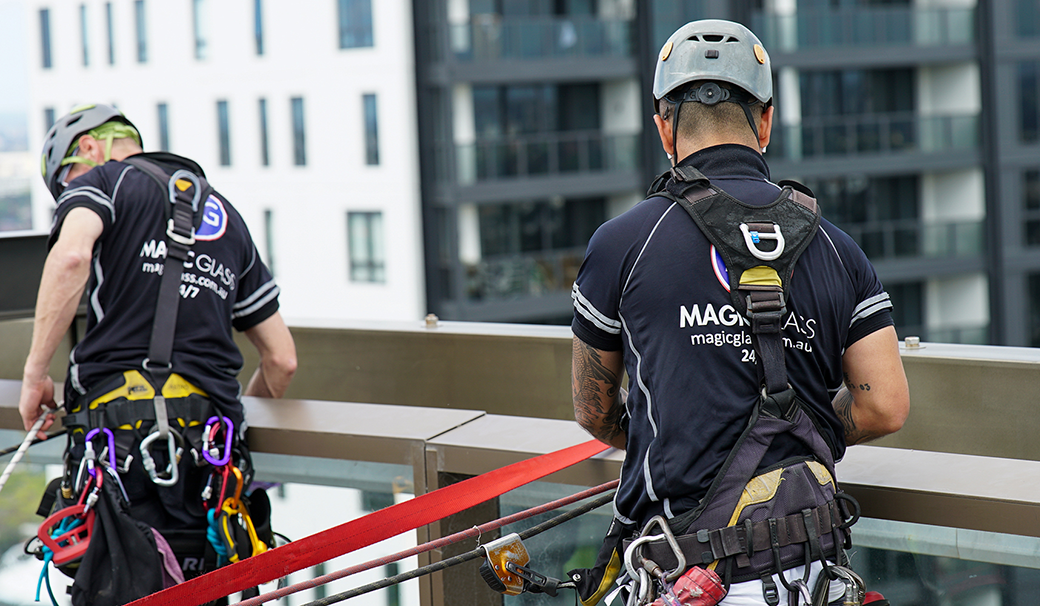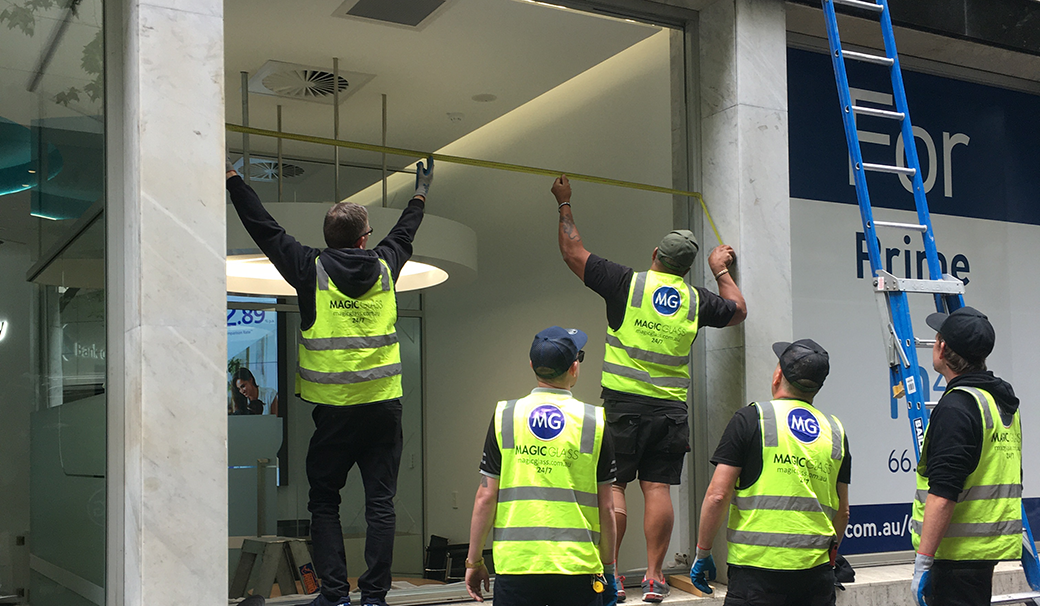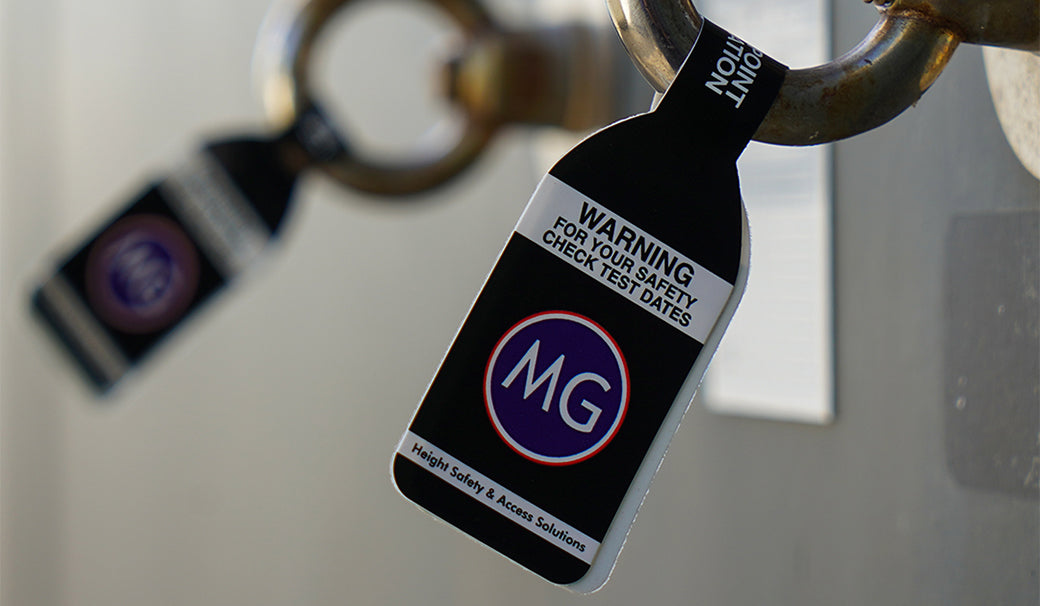
Concrete spalling can occur on a wide variety of structures including concrete buildings, car parks, bridges, jetties, and tanks. It can have disastrous effects on the structural integrity and asset value of buildings and can pose serious threats to the health and well-being of occupants.
Having a basic understanding of what concrete spalling is and how it is treated will help you identify and remedy any spalling that may occur in or around your building.
What is Concrete Spalling?
Concrete spalling is the deterioration of steel reinforced concrete. It can be caused by a number of things including excessive exposure to moisture, oxygen and salts, freeze thaw cycling, and exposure to fire. The most common cause of spalling, however, is corrosion of the steel reinforcement bars.
Factors such as age, maintenance, concrete quality, depth of concrete coverage, and local environmental conditions have significant effects on the likelihood of concrete spalling occurring. For example, older buildings, buildings located by the sea, and buildings that are not maintained sufficiently are much more susceptible to concrete spalling.
What are the Effects of Concrete Spalling?
Concrete spalling can have a number of detrimental effects on the aesthetics, structural integrity, and safety of your building. It is an eyesore and can make your building appear poorly maintained and insufficiently cared for. This can deter potential buyers and renters for residential buildings and can impact business reputations for commercial buildings.
Spalling can also be harmful for workers, building occupants, and passer-byers. Mild concrete spalling can lead to falling debris and tripping hazards, whilst more severe cases can cause structural instability which can be even more dangerous.
From a commercial perspective, concrete spalling can also greatly reduce the asset value of your building. Maintenance costs increase as spalling becomes more widespread, so the longer you leave concrete spalling untreated, the more expensive remediation will be and the more your building will diminish in value.
How Do You Identify Concrete Spalling?
The tell-tale sign of concrete spalling is the flaking and chipping of concrete surfaces. If you notice large chunks of concrete missing or falling off any of your building’s surfaces, it can be safe to assume your building is experiencing spalling.
How Can You Prevent Concrete Spalling?
There are some measures that can be taken to prevent the occurrence of concrete spalling. These include:
- Proper management of concrete during pouring to ensure adequate coverage and sufficient concrete curing techniques
- Prevention of excess water in the concrete mixture
- Use of an effective anti-carbonation and chloride ion resistant coating system
- Application of water sealant to concrete surfaces to prevent water from getting into the concrete.
How Can Concrete Spalling Be Repaired?
If your building has succumbed to concrete spalling, there are a number of ways you can go about repair and restoration. For mild spalling, you may be able to repair the concrete with patching and coating, for more severe cases, however, you may need to have your concrete resurfaced or completely replaced.
If you do notice any signs of concrete spalling, you should get in contact with a professional.
At Magic Glass, we offer building remediation services at-heights and in hard-to-access areas. Our experienced Technicians will be able to inspect and repair your concrete spalling issues regardless of where they are occurring.
Get in contact with our team for more information.



